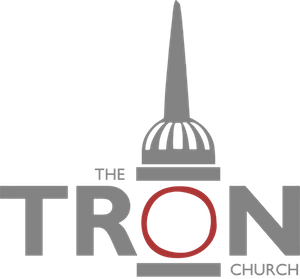"6 After this Jesus went away to the other side of the Sea of Galilee, which is the Sea of Tiberias. 2 And a large crowd was following him, because they saw the signs that he was doing on the sick. 3 Jesus went up on the mountain, and there he sat down with his disciples. 4 Now the Passover, the feast of the Jews, was at hand. 5 Lifting up his eyes, then, and seeing that a large crowd was coming towards him, Jesus said to Philip, “Where are we to buy bread, so that these people may eat?” 6 He said this to test him, for he himself knew what he would do. 7 Philip answered him, “Two hundred denariiwould not buy enough bread for each of them to get a little.” 8 One of his disciples, Andrew, Simon Peter's brother, said to him, 9 “There is a boy here who has five barley loaves and two fish, but what are they for so many?”10 Jesus said, “Make the people sit down.” Now there was much grass in the place. So the men sat down, about five thousand in number. 11 Jesus then took the loaves, and when he had given thanks, he distributed them to those who were seated. So also the fish, as much as they wanted. 12 And when they had eaten their fill, he told his disciples, “Gather up the leftover fragments, that nothing may be lost.” 13 So they gathered them up and filled twelve baskets with fragments from the five barley loaves left by those who had eaten. 14 When the people saw the sign that he had done, they said, “This is indeed the Prophet who is to come into the world!”"
John 6:1-14
This chapter unfolds the same kind of pattern as we have seen in the previous one: first, a miracle in the physical realm, then a spiritual discourse based on it, with the theme of Christ as the bread of life. But, on this occasion, there is an insertion between the miracle and the discourse of another miracle, that of Christ walking on the water, and, as we shall see, considerable significance attaches to this insertion. First of all, however, we think of the feeding of the five thousand. This is the only miracle of our Lord's that is recorded by all four gospel writers, and the only other incident that is recorded by all four is the story of the crucifixion. This is some indication of the importance the miracle had in the mind of the early Church. It has many values for us today. Its central lesson lies in what it says about Christ. This is the point in the whole of John's gospel, but we see it very particularly here. It is a very spectacular miracle, and in essence there can be only one explanation - that it was the action of a God. It was a miracle in which a creative act was performed. In this sense, it contrasts with the miracle of healing recorded in the previous chapter, which was, as it were, a turning the clock back, a restoring of something that had been lost. Here, however, it is not the restoration of anything that had been lost, but a new creative act. This may be why all four gospels record it. Certainly, John's purpose in recording it is to show that Jesus was God. He is Lord of nature, and He can multiply as He pleases. If we bear in mind what John says of Him in the Prologue - 'All things were made by Him' - it becomes clear that He could easily do this. Indeed, the whole question of the miraculous in the New Testament comes to rest here. If we have a right view of Who Jesus is, no miracle is going to be a stumbling block in any way. If Jesus Christ be God, we can have no problems with the miracles He performed.
